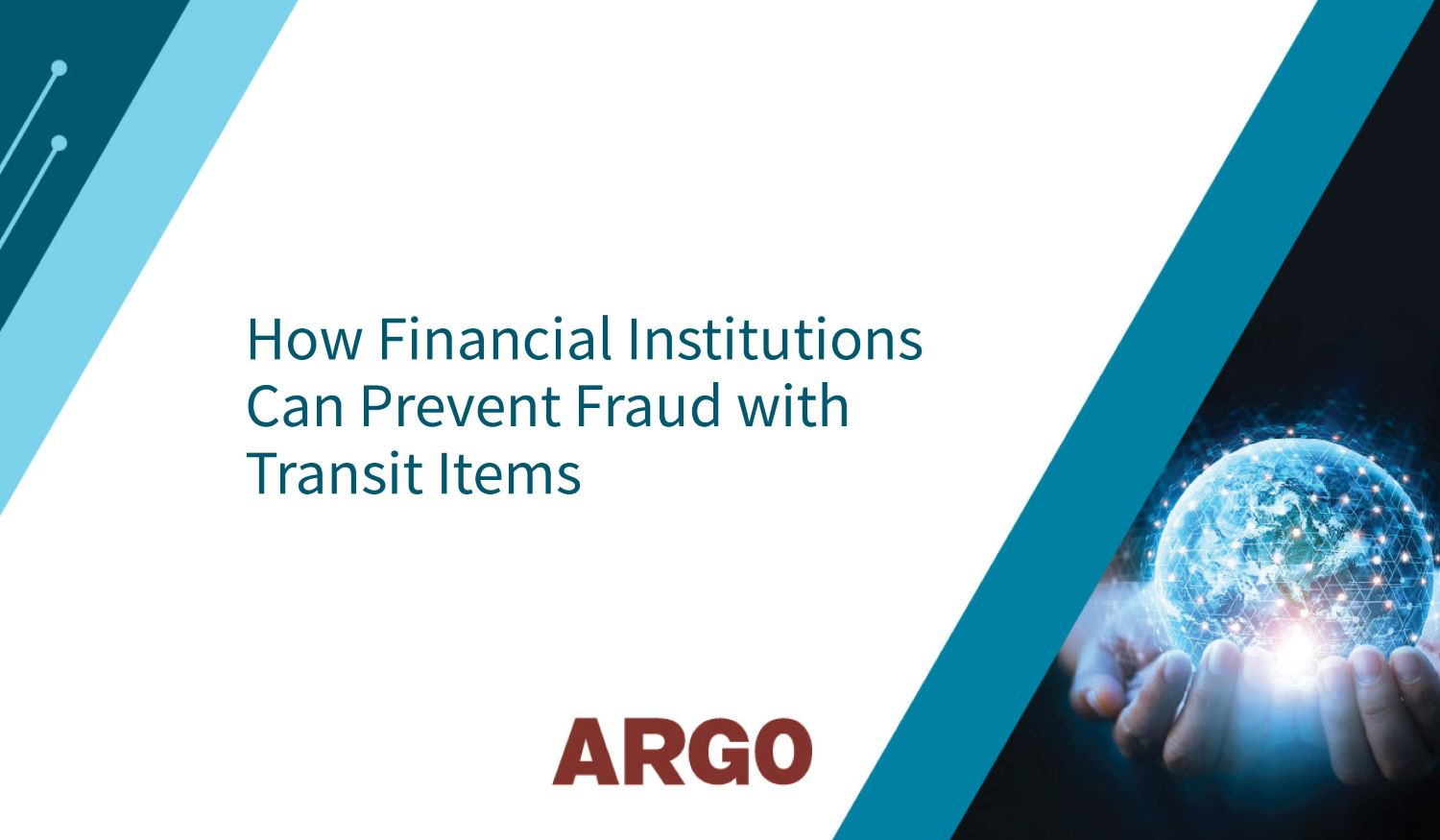First-party deposit fraud is typically perpetrated by customers who have a shorter history with the bank, deposit bad checks knowingly, and attempt to draw against those uncollected deposits. Third-party fraud may occur with customers who are well known by the institution but deposit checks from other institutions (transit checks) without knowing they are bad.
Because the checks have traveled to a different bank from the one that holds its funds, it is often difficult for the receiving institution to determine whether transit checks are bad and have an early returns notification. Even more challenging is receiving that determination in real time to place appropriate holds.
Successful financial institutions employ analytics to assess the transit item’s return likelihood by scoring characteristics of the check, the originating and depository accounts, the balanced transaction, the conductor, and the transaction context. An automated collectability model can use the individual scores to determine the appropriate hold schedule. An optimal hold schedule is adaptive, conforming to Reg CC. At the same time, it optimizes institutional loss avoidance and customer satisfaction through funds availability even before the account the check draws on has been validated to have sufficient funds.
Transit item analysis includes transaction and image analysis, scoring each deposit item. Combining this score with scores from the analysis of the depositing account, overall daily activity of the conductor, the entity profile, and other overriding bank policies an aggregate score can be calculated and used to recommend the appropriate hold amounts and conditions. Financial institutions that implement these automated processes stand to combat fraudulent transactions and financial loss.
The ARGO Fraud solution, OASIS™ (Optimized Assessment of Suspicious Items), provides cross-channel, multi-fund analytics and adjudication workflow to detect fraudulent transactions and suspicious items. Our solution provides over 95% accuracy in detecting counterfeits and other types of fraud.
Download ARGO’s Fraud & AML Solution Overview Interview Brief.





